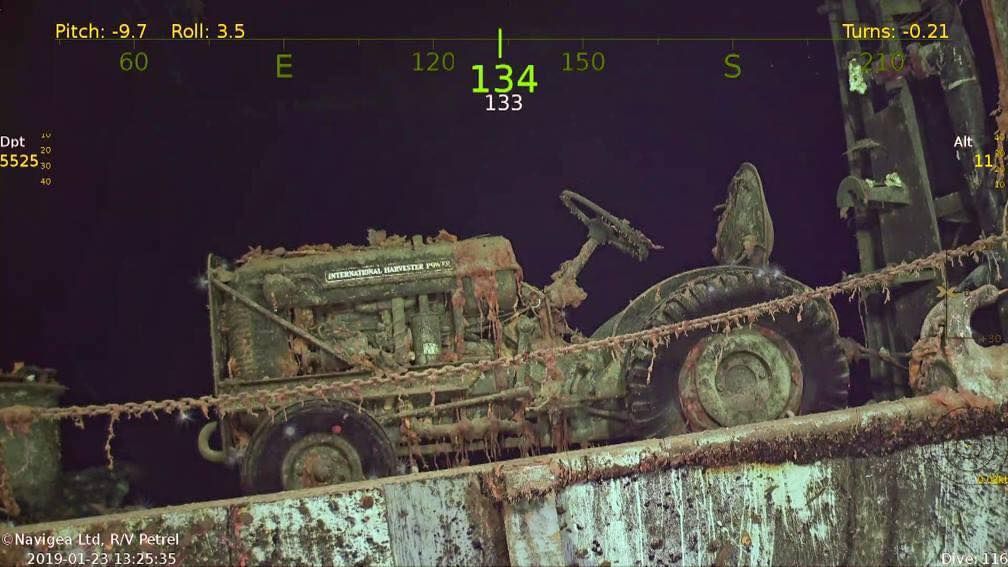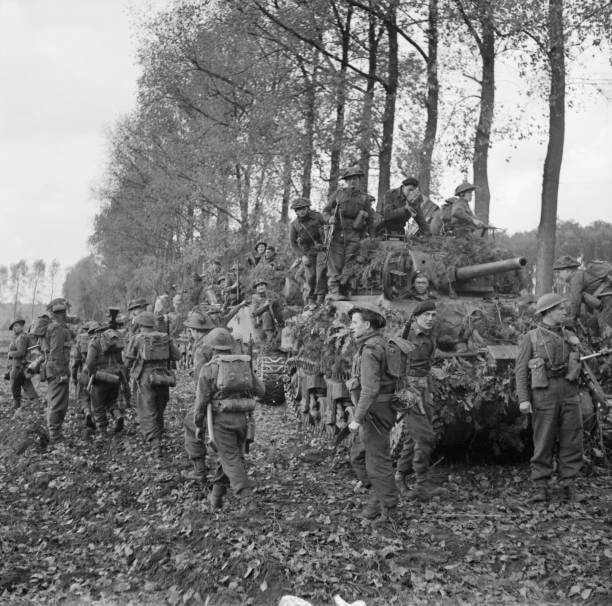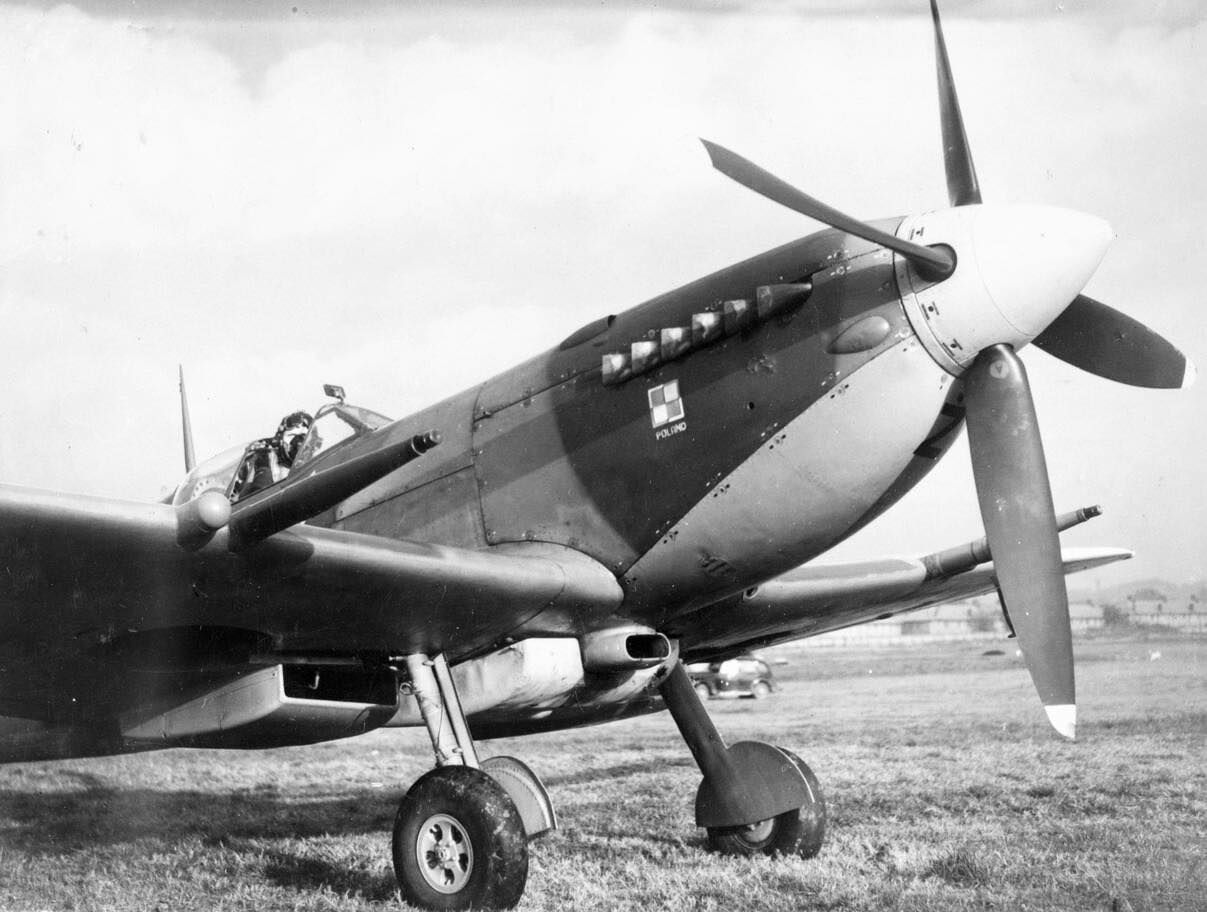@CWO:
A question: if the Allies had concentrated their efforts and resources on conquering the southern part of Europe, and had not invaded France, isn’t it possible that the Russians would have driven westward through Germany in 1945 and would have kept going through France (which Germany would still be occupying in this scenario) until they got to the English Channel? In other words, doesn’t a scenario in which the Anglo-Americans end up controlling the southern and eastern parts of Europe create a situation in which the Soviets end up controlling the northern and western parts of Europe, with France, Belgium, the Netherlands, Luxembourg, Denmark and possibly Norway being switched from Nazi occupation to Soviet occupation?
You’ve raised a very good question.
In the scenario I outlined, one possible Allied objective would have been to reach the Baltic before the Red Army arrived. Had this been achieved, all of Europe west of this Anglo-American line would presumably have been protected from the Red terror. Whether that was achievable goal is difficult to say.









